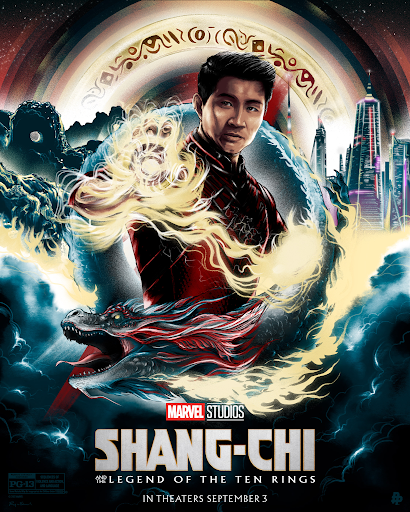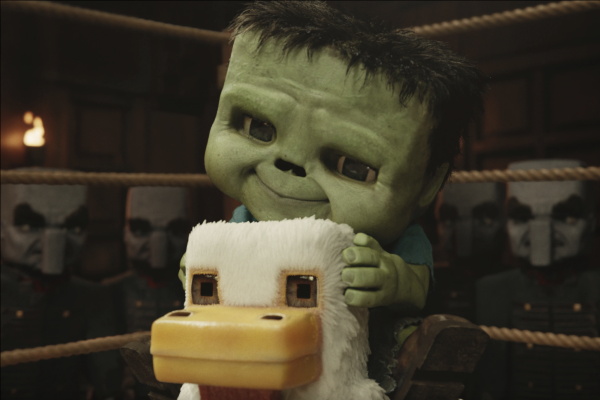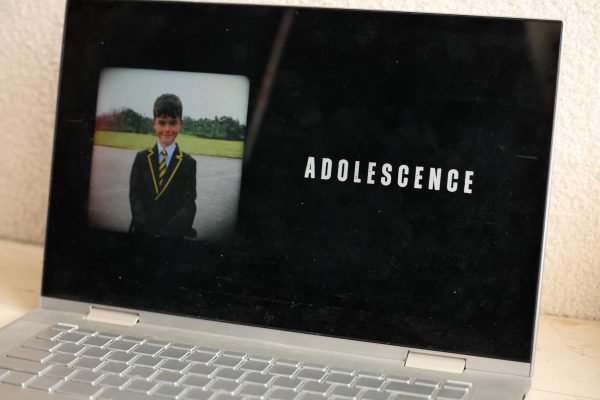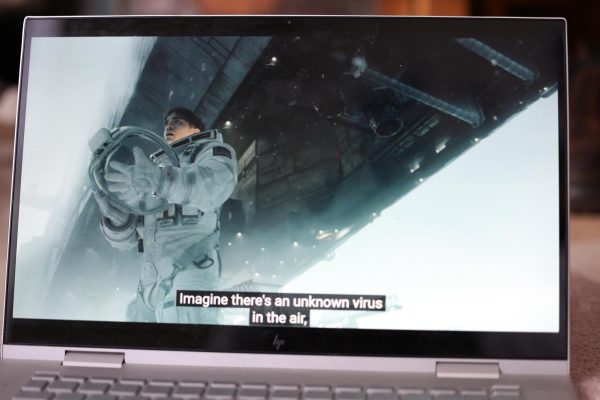Marvel’s Shang-Chi Melds Modern American Heroism With Chinese Tradition

Shang-Chi smashed Labor Day box office records––and for good reason. (Courtesy of Twitter)
Walking into an AMC on September 3rd––the theatrical release date of Shang-Chi, the newest addition to Marvel’s ever expanding cinematic universe––I found it hard to believe the hype. The film, starring Simu Liu, Awkwafina and Tony Leung, had debuted to glowing praise from Marvel fans and critics alike. Despite being a Marvel fan myself, I was cautious––perhaps it is a fault, but I usually tend towards skepticism when a superhero movie eclipses 90% on the Tomatometer. Did Shang-Chi deserve the hype? Stepping out of the theater two hours later, I couldn’t exactly tell.
The film looks fantastic. The scenes were incredibly rich and vivid, as detailed as a Marvel movie should be. Visually, it slips between real world and fantasy locations effortlessly and immersively. This is especially apparent during the action scenes: Andy Cheng’s (“Rush Hour”, “Mr. Nice Guy”) choreography shines in glorious, fluid fight scenes, devoid of the extraneous cuts that have made modern action movies so difficult to follow. Though the second half of the movie moves on to increasingly fantastical fighting elements, the martial arts work in the first half is grounding, satisfying and most importantly, refreshing. There probably aren’t many people who can make fighting on a swerving articulated bus look slick, but Liu nails it.
Plotwise, the film suffers from some uneasy pacing. The first half is fun. I found the movie on the whole to be surprisingly funny, and found Liu and Awkwafina to have great chemistry. Despite these factors, the first half of Shang-Chi is perforated with bland expositional flashbacks that seem more like footnotes than concrete story blocks. This is perhaps a result of the formulaic nature of many Marvel superhero debuts: though Liu is relatively engaging as the lead, he is bound by an all too familiar self-deprecating “chosen one” persona; the willing-yet-wary hero has been done before, and Shang-Chi follows in the footsteps of a young Steve Rogers or King T’Challa.
The second half of the film benefits from a splash of fantastical Chinese mythology (or at least the Americanized interpretation of it), with an over-the-top climax so exhilarating it feels lame and cynical to sincerely critique it. It is thrilling, and the ending is definitely emotional. Though it sets up a great introduction to Shang-Chi as a character, and the world and people who surround him, the second half of the film also feels rushed at times––which makes sense, considering how much exposition, action, magic and world building takes place in the span of just the last hour.
Of course, the biggest buzz surrounding Shang-Chi has been about its cultural impact. Shang-Chi is Marvel’s first Asian lead, and the movie has been seen almost as the Asian equivalent of 2018’s Black Panther. Parallels can certainly be drawn in regards to the formulaic aspects mentioned earlier, but other than those issues, Shang-Chi introduces its Asian cast with confidence.
Awkwafina and Liu meet certain stereotypes and break others––the two are bright yet simultaneously underachieving, conscious of tradition yet westernized; Awkwafina’s Katy is a Berkeley grad who doesn’t speak Chinese, Shang-Chi is an immigrant content with his valet job. Both appreciate the traditional family values they come from, but they make it clear they’re “just friends!” The film is refreshing in this sense, and its cast is likeable and empowering.
Whether Shang-Chi deserves the hype still beats me. So many elements come together beautifully, and yet the film’s few shortcomings are hard to ignore from a cinematic standpoint. However, looking back, the movie was for the most part thought-provoking, inspiring and a joy to watch––and that’s what counts.

Hanif Amanullah is a junior from Austin, Tex., majoring in international studies, whose passion for news writing and multimedia led him to the Ram. Hanif...












































































































































































































